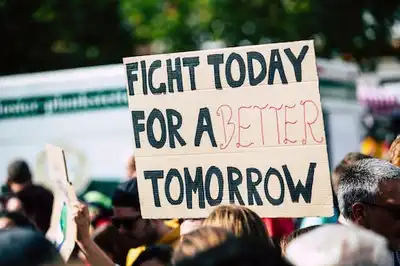How to Engage in a Protest in South Africa?

South Africa has a long history of protests: in the past, rallies and demonstrations helped topple the repressive regime, and now, protests are a powerful tool for raising awareness of problems like service delivery and educational access, among other things.
How to stage a peaceful demonstration legally in South Africa
Determine who is in control
The initial stage would be to propose and choose a convener (the person in charge of the protest). This individual will be in charge of getting approval to go on the streets by getting in touch with the appropriate local government.
A notification form must be filled up and submitted to the local authorities by the authorized convener. This form includes information on the meeting, the convener, and, if necessary, the organization.
This individual will approve or reject notification forms and is typically an official designated by the local administration to handle demonstrations and gatherings.
- How to Join Holiday Club in South Africa
- How to Install a Bath in South Africa
- How to Grow Saffron in South Africa
- How to Grow Garlic in South Africa?
- How to Watch Hulu in South Africa
- How to Get a Gun Licence in South Africa
- How to Get a Farm from the Government in South Africa
- How to Evict a Tenant in South Africa
Give a one-week notice (at least)
According to the legislation, the notification form must be delivered to the appropriate official at least seven days before the protest. The responsible officer may lawfully forbid the gathering without justification if notification is delivered within 48 hours of the gathering.
A 24-hour notice is required before a meeting with the local authorities, including the municipality and metro police.
The purpose of this meeting is to go over the information in the notification form and, if required, make changes or other preparations.
What are some nonviolent protest tactics?
Public addresses
Letters in favor or against.
Groups and institutions making statements.
Signed remarks in public.
Accusation and purpose statements.
Bulk or group petitions.
Caricatures, emblems, and catchphrases.
Posters, Banners, and Messages on Displayed.
Share This




